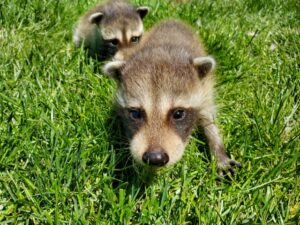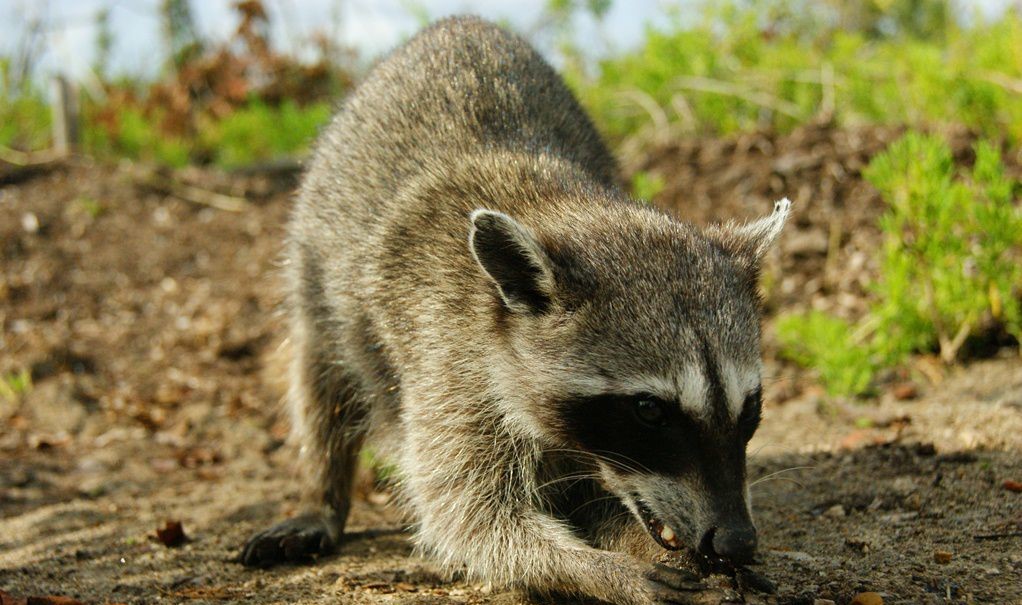Cats are one of the most common pets in North America, which translates to many, many pet owners leaving food out for their cats to nibble on as they wish. While this keeps the cats happy, it can cause problems with pests such as raccoons who are out looking for a source of food. It can be difficult to get rid of raccoons once they are aware that your house contains food that they can access. Fortunately, there are some things that people with cats can do in order to protect their cat’s food from being eaten by an unwanted visitor.
1. Keep Food in a High Location
An elevated place such as a countertop can be an ideal place to keep your cat’s food. As long as your cat is healthy and able to jump, placing the food somewhere like a table, stand or railing makes the food much more accessible to your cat than to a raccoon. However, keep in mind that cats sometimes like to push things off of high surfaces, so monitor their dishes if you decide to go this route to protect their food from pests.
2. Feed Your Cats During the Day
Both cats and raccoons enjoy being active at night. However, a cat will generally come around during the day if they know that that is when they are going to be fed. Get into a routine with your cat of feeding them during the day when raccoons are much less likely to be watching and planning how they can access the food. On the same note, avoid leaving your pet’s food outside overnight, since this gives the raccoon perfect access to the food and may even lead to a conflict between your cat and a raccoon if your cat goes outside at night.
3. Get Rid of Other Food Sources
Raccoons are not only attracted to your cat’s food, but they will eat just about anything, including human food. If you are wondering how to keep raccoons away, making sure that areas in and around your home are free of all loose sources of food is a great start.
Make sure that any garbage that you have sitting outside is tightly sealed in a plastic bag and placed securely in a trash can, especially if that garbage contains any food scraps. Be mindful of any food scraps that might be on your porch or in your yard as well, particularly if you tend to eat on your porch or host outdoor barbeques. A property that is free of food sources is much less tempting to a raccoon than one with easily accessible food.

4. Consider Using Raccoon-Proof Feeders
If all else fails and you continue to have issues with raccoons getting into your cat’s food, consider purchasing a raccoon-proof feeder for your cat to use. There are some feeders that dispense food only when your cat comes near the feeder and is ready to eat. You can set these automatic feeders to only dispense a small amount that you know your cat will eat in one sitting, reducing the risk of leaving leftover food that attracts a pest. Automatic feeders are convenient to have either inside or outside, however it is still always best to keep pet food indoors.
Of course, you can always consider hiring professional wildlife removal in Hamilton to safely and humanely get rid of raccoons on your property. If you have raccoons or other pests that insist on eating your cat’s food, call Skedaddle Humane Wildlife Control today and speak to one of our wildlife specialists about a solution.




